TMJ Sufferers, Please Stand Up
THE specific BLOG
Dr. Chris Collins
People with TMJ know how intense and frustrating pain in the jaw can be. If you’re a TMJ sufferer digging for answers, you may have come across chiropractic. Light bulbs should be going off in your head, and you may be thinking – how?
To understand this, let’s talk first about these two complex areas. Put your science hats on because we are about to get serious here!
What is happening in the jaw?
The TMJ (temporomandibular joint) is made up of two joints: the condyle and glenoid fossa and the mandible or your jaw bone. The major muscle involved with movement of the jaw bone is the masseter, which is a big strap-like muscle on the side of your face – it’s a super strong muscle! The masseter is attached to your mandible (jaw bone) and when you flex or contract the muscle it tilts, protrudes, and moves the lower jaw forward.
Other than the masseter, you have accessory muscles of the jaw: the temporalis, and medial and lateral pterygoids. These can often be massaged to provide temporary relief.
Your jaw can’t move or function properly without these components working together. This can be a confusing area to treat at home for most TMJ sufferers because these areas are hard to get to, and the muscles are super strong!
So that’s the TMJ. Take a deep breath – now lets talk about the neck.
But what does the neck have to do with my jaw?
The cervical spine, or the neck, is comprised of seven vertebrae and twelve pairs of nerves that go to different parts of our body. The C-shaped curve of the neck supports up to 25% of all head weight, so it’s super susceptible to stress!
The “upper cervical spine” is just the top two bones of your neck. This is a special area because of how it functions and what it impacts.
The upper cervical spine is a dynamic complex of joint movement, nerve and blood flow, and strong resilient muscles and ligaments. Think about all the nerves and vessels leaving your brain and going back to your brain from the body. They all go through this part of the neck!
The upper cervical spine also houses the brain stem, which is in charge of regulating things like breathing, heart rate, movement, chewing, digestion …. that’s a lot of stuff! That’s because this area houses both the sympathetic and parasympathetic nervous systems. The upper cervical spine impacts all of these different structures. It is important for this region to be in proper function as it affects everything from the balance of nerves and blood to and from the brain, to your equilibrium and how you move.
So how can upper cervical chiropractic help TMJ?
The upper cervical spine impacts the function or alignment with the jaw, and influences the movement of your jaw bone. This means there are many different muscles, ligaments, and joints that are affected by the upper cervical area and that affect how well your bite works!
An imbalance in these areas could lead to TMJ symptoms and dysfunction, such as pain with limited range of motion, popping and clicking of the jaw, and difficulty chewing.
So if you have been experiencing these issues, you may be a good candidate to reach out to an Upper Cervical Chiropractor for help solving these problems.
An Upper Cervical Chiropractor’s primary emphasis is in the detection and correction of problems related to your upper cervical vertebrae function.
Through the use of X-rays, functional nervous system scans, and detailed testing, an Upper Cervical Chiropractor can take a closer look at what is going on in this area of your spine and discuss which treatments may be best suited for you.

